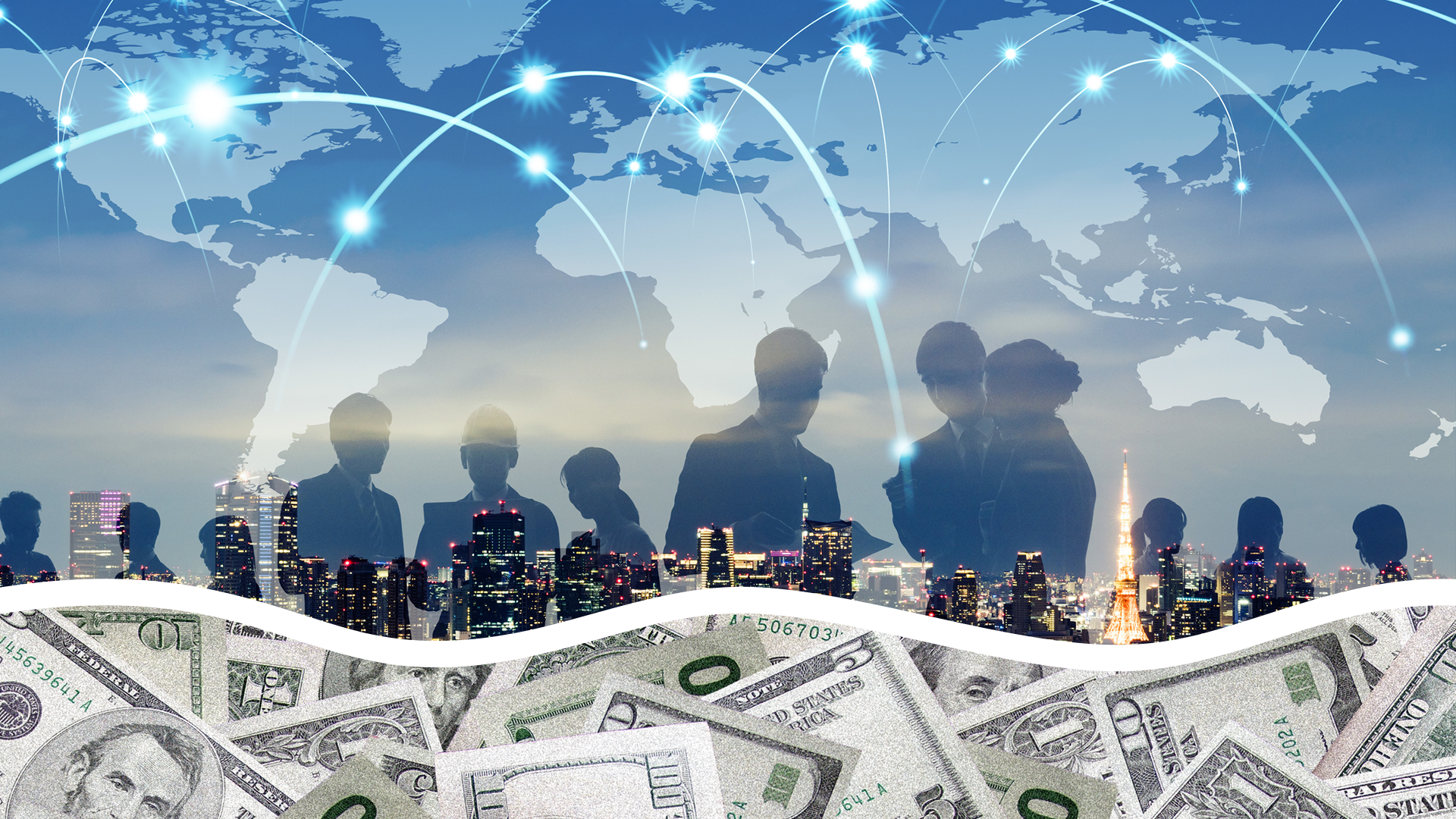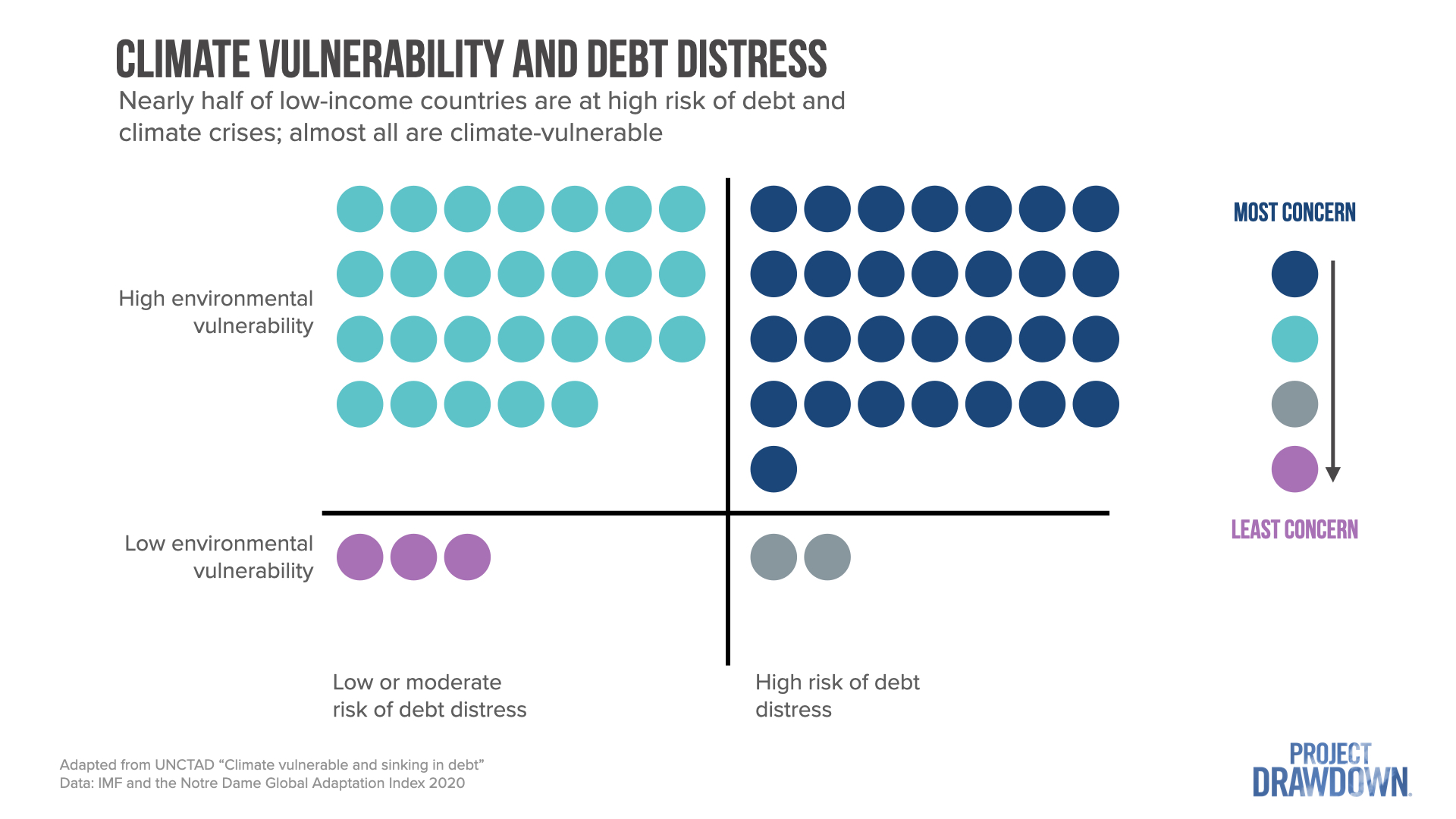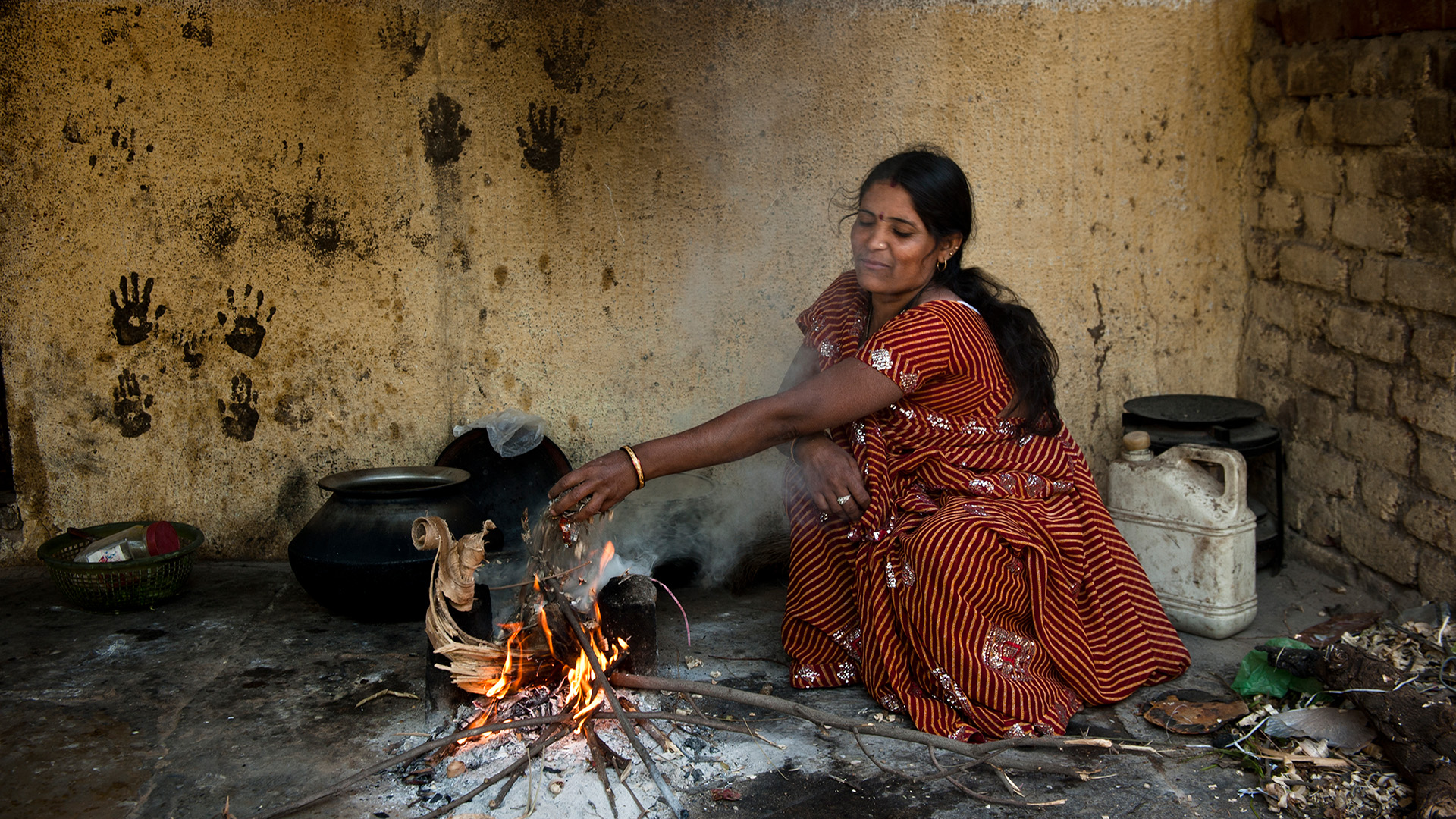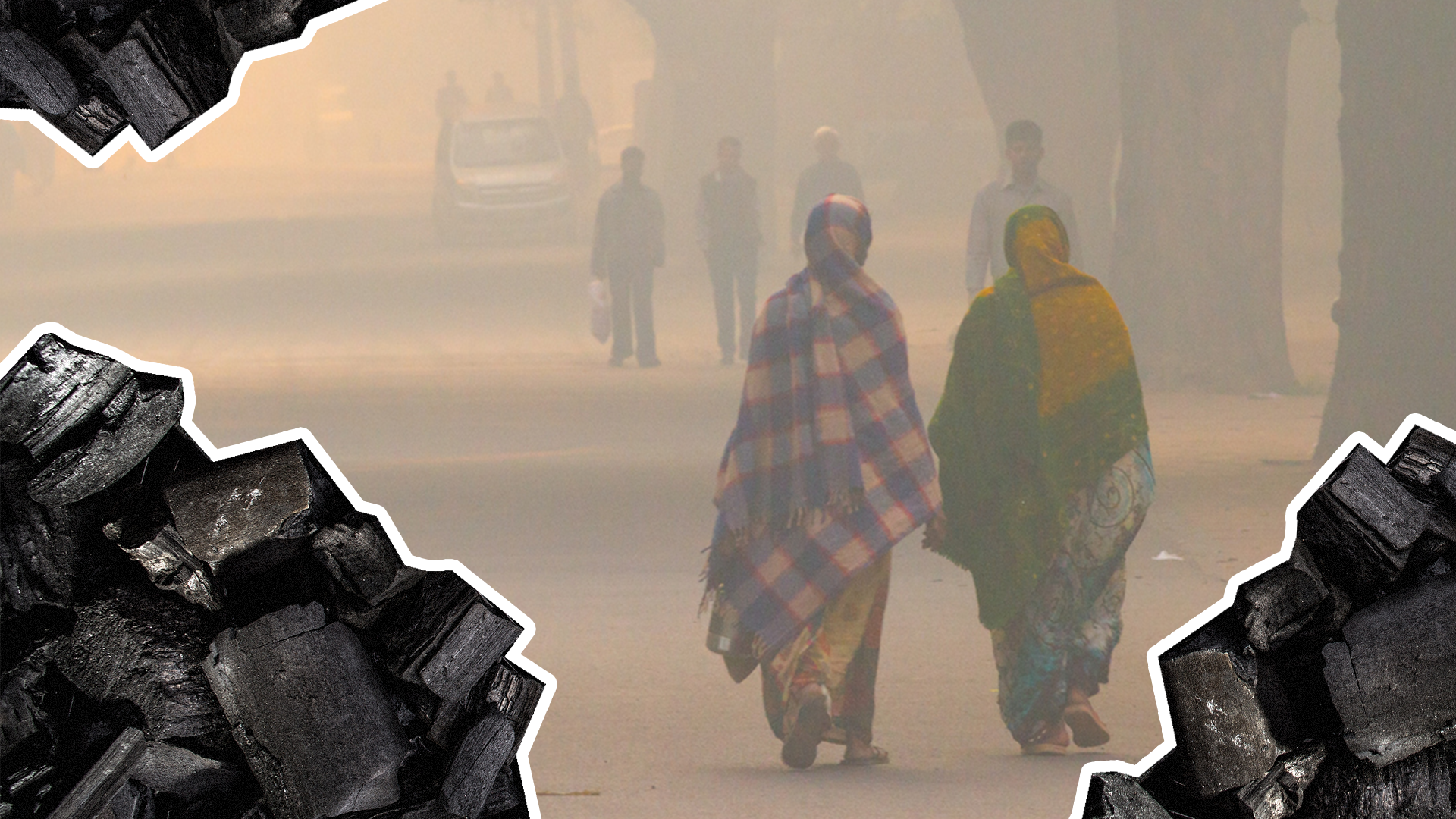Human entanglement
When I was in the Peace Corps in Turkmenistan, I lived near the Afghanistan border. At the time, the area was a major corridor for the narcotics trade, specifically opium. In the region where I lived, the drug trade was associated with the Baloch people, who are ethnically distinct from the local Turkmen.
The Baluch were discriminated against so thoroughly that they often could not find employment, receive medical attention, or even hail a taxi. So, they turned to illicit means of income as communities with few options often do. From that little corner of the world, massive amounts of drugs would flow north through Kazakhstan or east over the Caspian Sea and into Europe, with a small amount making its way to North America.
After my service, I returned to my small hometown in eastern Wisconsin – the type of town where cows outnumber people and most everyone is related. Within a year, I lost my first friend to an overdose that involved opioids. Sadly, he would not be the last. It's hard for me to count all of them over the years, but in 2023 alone, I lost three more friends under similar circumstances.
Opioid overdoses are a phenomenon that many Americans have become all too familiar with. There are, of course, many reasons for this epidemic, but my mind often returns to the Baloch when I think of the friends who I have lost – not out of blame, but out of recognition that their plight is, in many ways, connected to the fate of my friends.
While the chances are very small that the opioids my friends died from came from that same corridor in Turkmenistan, the mere possibility was enough to make clear how globally connected our well-being is. If oppression on the other side of the planet can manifest in the loss of loved ones in my hometown, then certainly climate change and economic disparities exacerbated by debt-based climate finance are already being felt around the world, too.
Climate grants aren't charity
Understanding this interconnectedness can change how we view issues like climate finance. Suppose we recognize that pollution in one region can cause health crises in another, or clearing a forest in one country could induce drought and famine in others, or that unequal social structures anywhere can send waves of misery everywhere. Viewed in this way, allocating financial resources to the most vulnerable people and regions becomes not an act of charity but one of self-preservation.
Some may be reluctant to accept that self-preservation should undergird our approach to global issues like climate change. After all, selfishness caused this mess in the first place, right? However, there is a distinct difference between acting out of selfishness when one sees oneself as separate from others and acting out of self-preservation when one sees oneself as intimately connected to all. With the latter, our notion of "self" expands to encompass the world – and everyone and everything in it.







